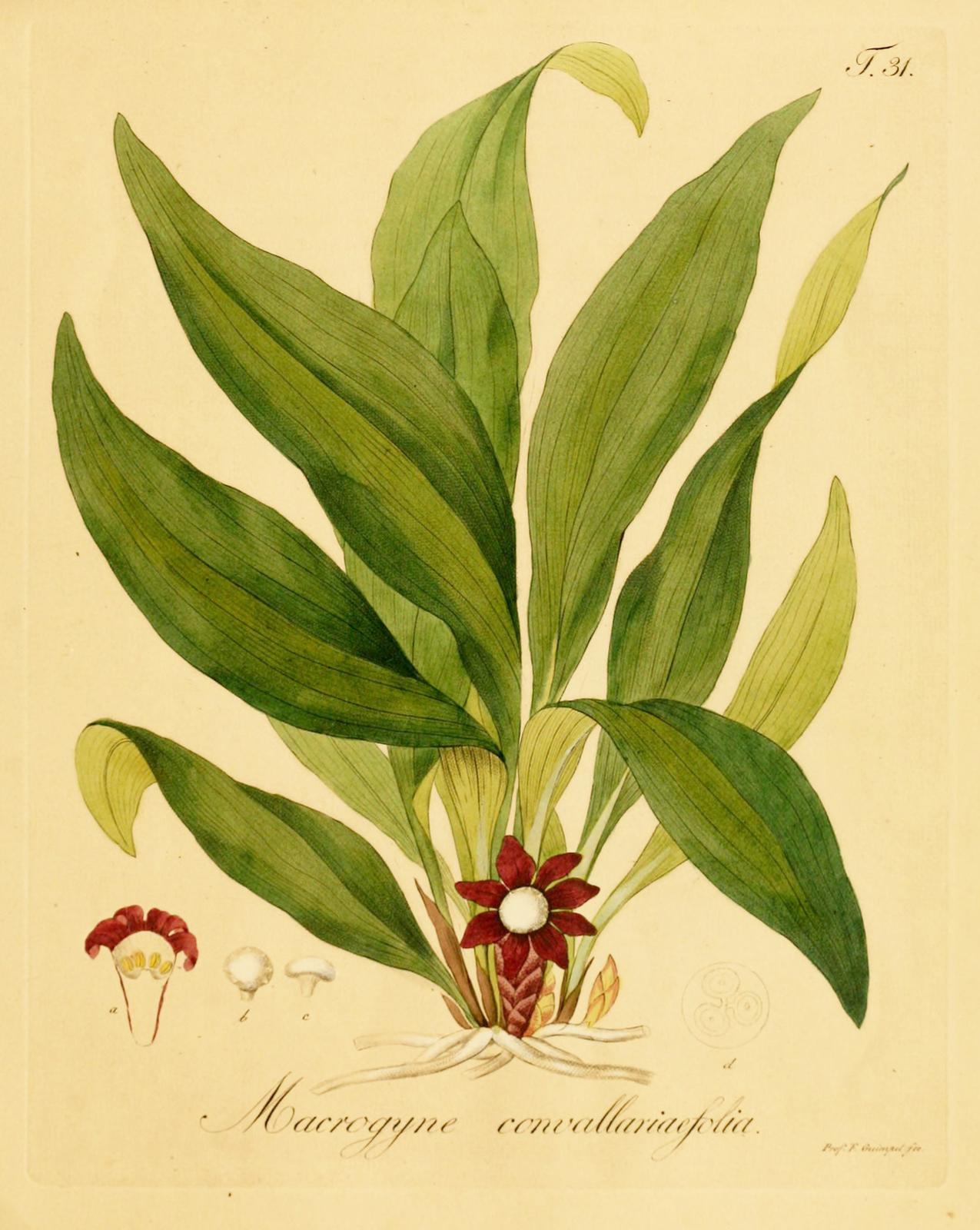Aspidistra elatior Blume
AsparagaceaeLas aspidistras proceden de Asia oriental, generalmente como parte del sotobosque. Aunque se estima que el género acoge entre 200 y 300 especies, se han descrito menos de un centenar. Una curiosidad botánica es su polinización, que corre a cargo de anfípodos (crustáceos terrestres) y colémbolos (artrópodos hexápodos). El nombre del género tiene una etimología poco clara. Suele indicarse como derivado del griego ἀσπίδιον (aspidion, que significa “escudo pequeño”), mientras que la terminación griega στρα podría ser "lugar"o "instrumento", es decir, “que sirve de escudo”.
Ornamentalmente las especies más frecuentes son la A. elatior y la A. lurida, y variedades de estas dos (con hojas variegadas por ejemplo). La elatior es, en concreto, nativa de las islas en el sur de Japón. Es la especie más conocida y tolerante a condiciones de poca luz, irregularidad en el riego irregular, y rango de temperatura. Es decir: resistente en ambientes interiores. A ellos suma su resistencia al ataque de insectos.
Florecen con dificultad, y las flores, a ras de tierra, son poco visibles pero muy atractivas, con una coloración que varía entre rosa y el azul.
Procedencia
Oriental/AsiáticoCalendario
Hábitat
Morfología
 Planta
Planta
 Mata
Mata
 Simple
Simple
 Ovada
Ovada
 Lanceolada
Lanceolada
 Otras disposiciones
Otras disposiciones
 Entero
Entero
 Cuneada
Cuneada
 Acuminado
Acuminado
 Agudo
Agudo
 Perenne
Perenne

 Powered by
Powered by